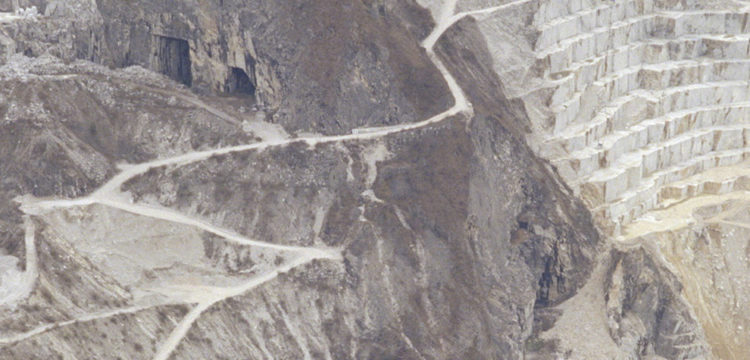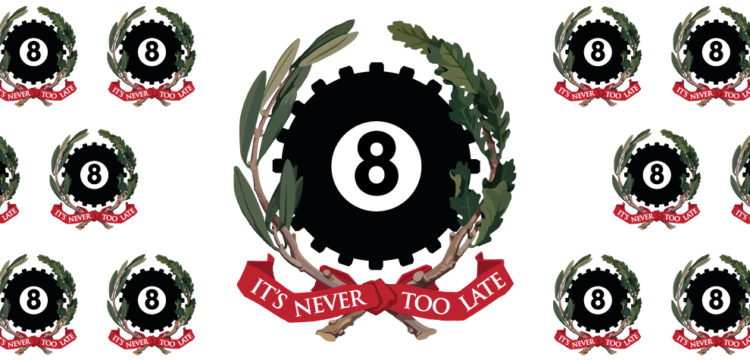A Party in a Ghost Museum
Party TV: a 276 hours uninterrupted live stream, a game of collective agency
Before Party TV, MACA – Contemporary Art Museum Alcamo was a ghost town. Hosted within the ancient College of the Jesuits of Alcamo, the museum has been abandoned for the last five years. When we reached Andrea Masu on the phone, during Covid19’s second wave, we were in Lithuania. We were shut home—minus 22 degrees outside—and the border with the Russian Federation had never been as closed. We asked him to produce an art piece for the MACA that would allow us to occupy the museum for at least one year.
After some days, he came back with the idea of Party TV. “This is not a work of art”—he said once while eating panelle and crocchè at a shitty place in Vucciria—the neighborhood in Palermo where he set his studio after Manifesta, in 2018. The first time he came to Alcamo, the playground of our collective, was in 2019. He immediately perceived the potential of such a void. A geography poor of infrastructures and human resources, far from the centers where cultural production was appealing.
Now, the whole collective program curated by Landescape stems from a diverse community of artists, activists and scholars. This article has been written by Leonardo Ruvolo with the contribution of Anna Brussi, Francesca Maciocia and Francesco Surdi—members of Landescape, Luca Ruali and Mata Tomasello Trifilò, who are part of Black Italy. The words attributed to Silvia Calderoni and Ilenia Caleo have been transcripted from the streaming.
A TV set for collective agency
Party TV has been performed on Twitch from June 11th to 22nd, from the contemporary art museum of Alcamo. It can be described as a long durational performance staged on a TV set, which actually consists of an intricate cluster of different layers, with a structural dynamic of a reality show game. Through an open call, we selected 4 artists, individuals and collectives, who were competing to win a 5.000€ budget for a new production. We gave them 500€, an iPhone with a power bank, and one simple rule: keep the signal going. They were showing their artistic process 24/7. Alienation, depression, euphoria, nonsense, randomness, boredom, love, arguing, all of this entered the scenic space—or maybe it was the other way around.
We transformed the museum and its collection into a TV set. We green-screened the walls, the doors, and the backstage. It could be said to be scenic, but it wasn’t a scenography. This was the setting, and it was already contaminated by the attempt to neutralize it, or to confuse it with the outside—enclosed but structurally open to host anything, from our archive to any possible audiovisual content. The green gives itself as a strategy for spontaneity. It exposes the museum as a mere container. The green frees the museum from the old connotations in order to suggest only one function: interaction.
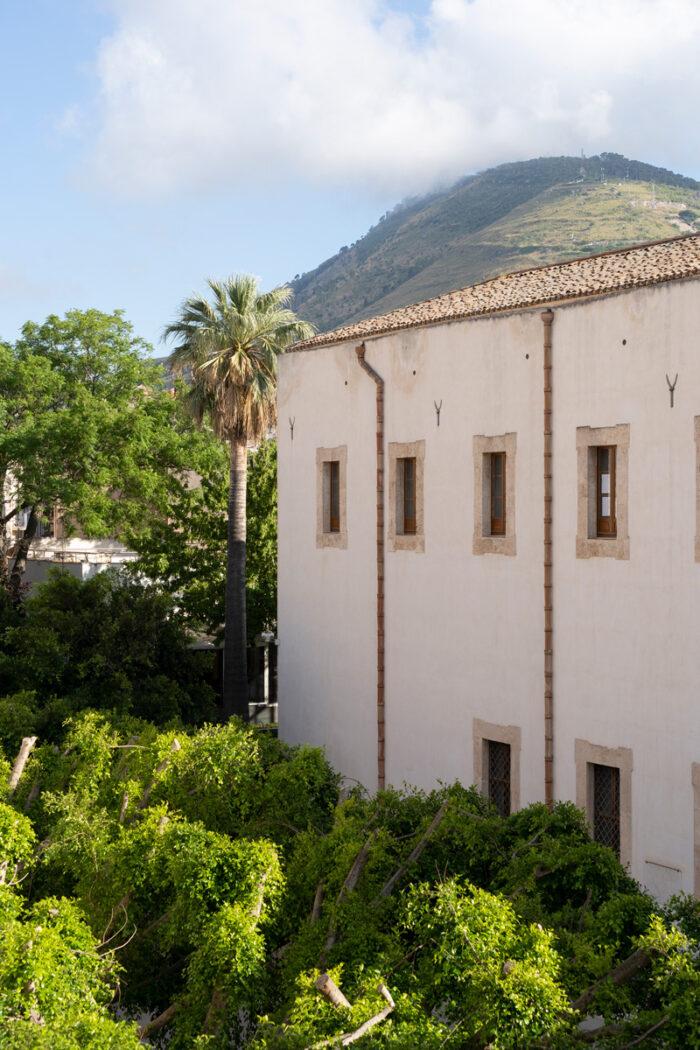
This way, everything became a backroom of something else. A spontaneous action, a strategic attempt to conquer the control room, a hacking move to seize the narrative rhythm. The technological apparatus we implemented captured every image, giving back the most intense performativity. That’s why the claim “Signal is all”. In designing the mechanism, we started from our basic needs. Who is the provider who offers a free streaming platform from which you can stream 24/7? It’s Twitch. The easiest provider for remote calls? Zoom. Catering for 30-40 people every day? Our farm. What’s the best portable device to stream on Twitch without a wire connection? An iPhone. We tried to answer to our necessities with the closest available tool.
The process blurred completely the authorship of all the artists involved, from Andrea Masu to those invited. As a sociological dispositif, in fact, Party TV is inhabited by different agents: Andrea Masu, the director; Landescape, the collective which led the curatorship and the production of the project; Leda Gheriglio, the author; Uppercat, the technical support; and also all the artists, collectives, activists, local people, tourists and locals who supported the signal. No matter what, the signal had to be on for 11 days, 24 hours a day.
Party TV is an uninterrupted live stream made with mobile devices, a reflection on the processes of artistic production and construction of a museum spread over the territory, an experiment, and a game of collective creation. All this while the city of Alcamo was busy celebrating the feast of Our Lady of Miracles, a religious and popular celebration that has traditionally recurred since 1547. The very technological limits of the system we designed were what was really at stake in our project. Different bodies, multiple desires, asymmetrical objectives, incoherent strategies and redundant narratives. How do you design a device that makes this possible? Of course, it would have been easier if we had agreed to stage all of this in the metaverse. But we refuse the tyranny of the most probable.
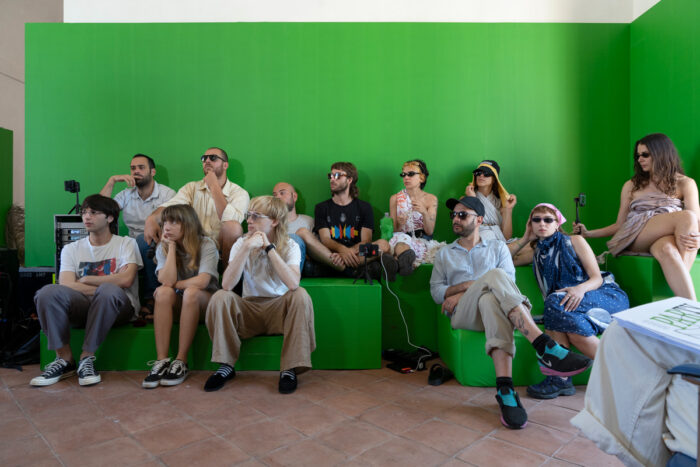
Invisibility, void, noise
During the pre-production, we were at the technical high school of Alcamo to negotiate the use of their virtual studio for the casting, offering in exchange a masterclass for six students. During the first day of lecture, we were showing some references. From the first surrealistic experiment of video art by Man Ray and Marcel Duchamp to TV Party by Glenn O’Brien, from Non è mai troppo tardi curated by Oreste Gasperini to How Not to be Seen: A Fucking Didactic Educational .MOV File by Hito Steyerl, from Fuori Orario by Enrico Ghezzi to Carmelo Bene guest at the Maurizio Costanzo Show on Mediaset, we were trying to design a genealogy of Party TV. But it got clear what we were doing only when we showed How not to be seen, the popular sketch of Monty Python’s Flying Circus. We could also have defined a particular issue of genre-television by adopting the alternative format of Italian entertainment: the variety show, so that a new montage could have included excerpts from Enzo Trapani’s exceptional two-year period: Stryx, 1980. After Enzo Trapani’s Non Stop – Ballata senza manovratore 1977—the first italian attempt of a complex TV program without conduction—we rediscovered that multiple authorship means no author. From this point of view, Party TV became an exercise in invisibility. As the wind rushes filling the void caused by the air rising over the land, the TV fills all the void. Spiritual and material, infrastructural and economic, communitarian and social voids. What is this void about?
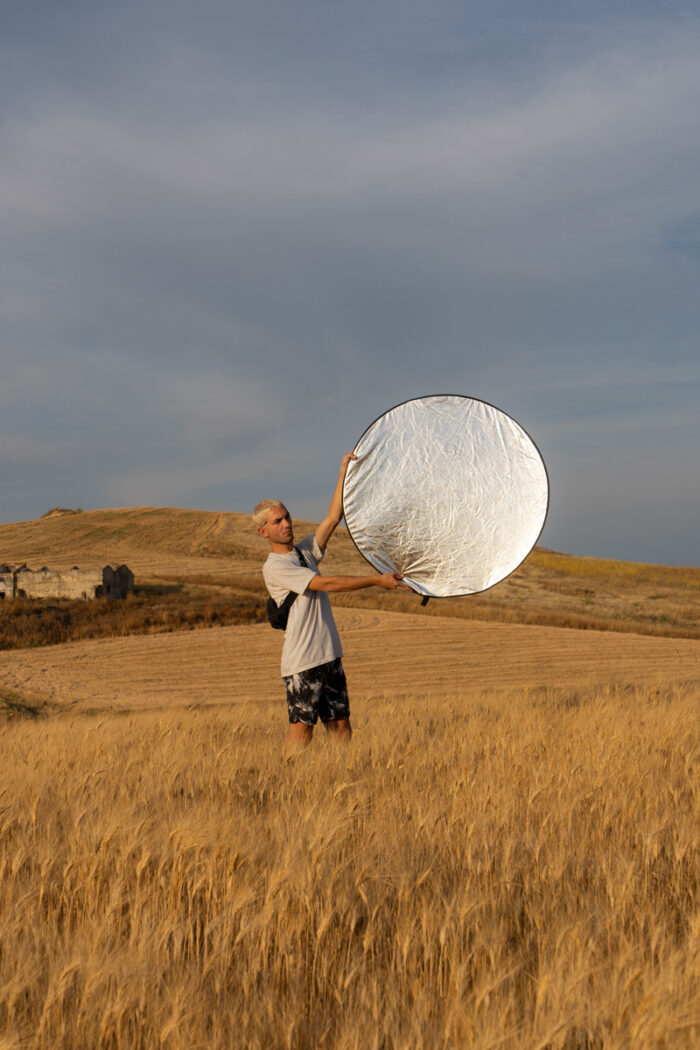
Luca Ruali and Mata Tomasello Trifilò joined the party as an archetype from a Zoom room. Within the game, the archetype plays the role of giving a theoretical and practical frame to the players. The transmission is always connected to the void and to an idea of distance, which can also increase the complexity of the content by acting through unexpected disturbances. Luca and Mata experienced the same technical problems we were busy with. Signal saturation kept on going. The internal and external routing of the machine connected to the municipality’s internet band oversaturated stream. At first we were losing audio data packets. Then the pollution of the system we generated was so intense, that we had to restart some machines.
Black Italy’s starting point was to investigate abandonment. Since the postwar period, in Italy thousands of towns have been abandoned, and people’s desires have flattened into an uniformly urban imagery. Nocturnal satellite photographs reveal the desertion of the Apennines and the Pre-Alps: only the urban areas connected by fast rail service and roads are illuminated. Beyond this single, sprawling, luminous city there is a black country. Abandonment is a natural condition in Italy. Alongside the living system of settlements there has always been an ambiguous system of ruins of previous civilizations. Ruins (or ancient Colleges of the Jesuits as ours) host and provoke histories. Scattered structures that move people over the territory and attract them towards fragmented and random sequences—ruins are not the backdrops of human actions, but the author that generates them, facilitating different or off-format personal narratives that contribute to a complex social portrayal. “It seems to us that a social system that generated and maintained the social complexity has been abandoned in this particular territory,” Luca said with a certain severity.
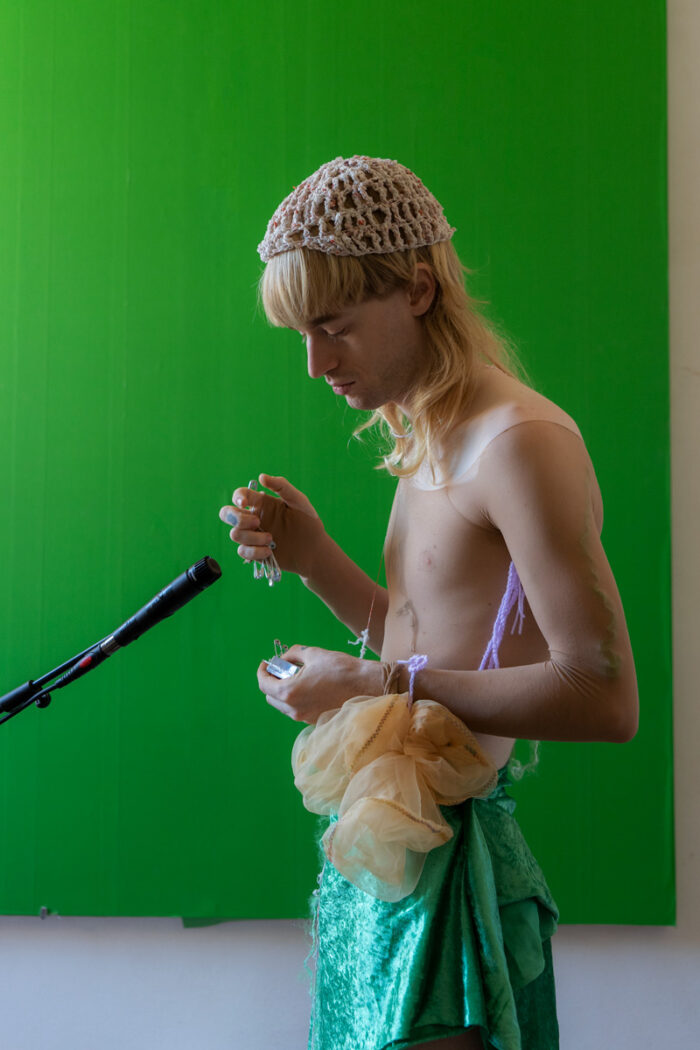
If the abandonment involves a territorial system that has generated social complexity, then working on the imaginary of a territory is an exercise of disturbance of conventional formats and contents. When broadcasts dedicated to the description of the territory have historically undergone forms of attenuation of noise by the authors themselves even without the intervention of an external apparatus of censorship. In productions as Viaggio in Italia (Guido Piovene, 1953-1956) L’Italia vista dal cielo (Italy seen from the sky, Folco Quilici, 1966-1978) frequently just after the shooting of even harsh sequences there was an inevitable shift towards the construction of optimistic panoramas preparing the transition of a reassuring geography of conventions to mass tourism. “To the series […] of ‘black’ images is superimposed another series of contrasting images; so that it seems to see a film impressed twice in two different places.” [Guido Piovene, Postscriptum to the Viaggio in Italia, Mondadori, Milan, 1957-1967, 1st ed. 1957]
“Already in the difference of the layouts through which the Control Room works your signals there is an echo of this more complex system with multiple timelines acting altogether. This is one of the narrative forms related, even archaically, to the landscape.” Luca centered the point. The landscape is redundant, noisy and revolting. Territorial planning is the anthropocentric attempt to norm it, to establish a regime of measure, size, and functions. Our architectural scenic set put in communication two patches to read reality. Analog and digital, material and virtual, near and far are poles of the same field. Depending on the balance you find, you obtain a certain frequency, a certain amount of information in your image. The real challenge is to be able to “compose” an image from such conditions.
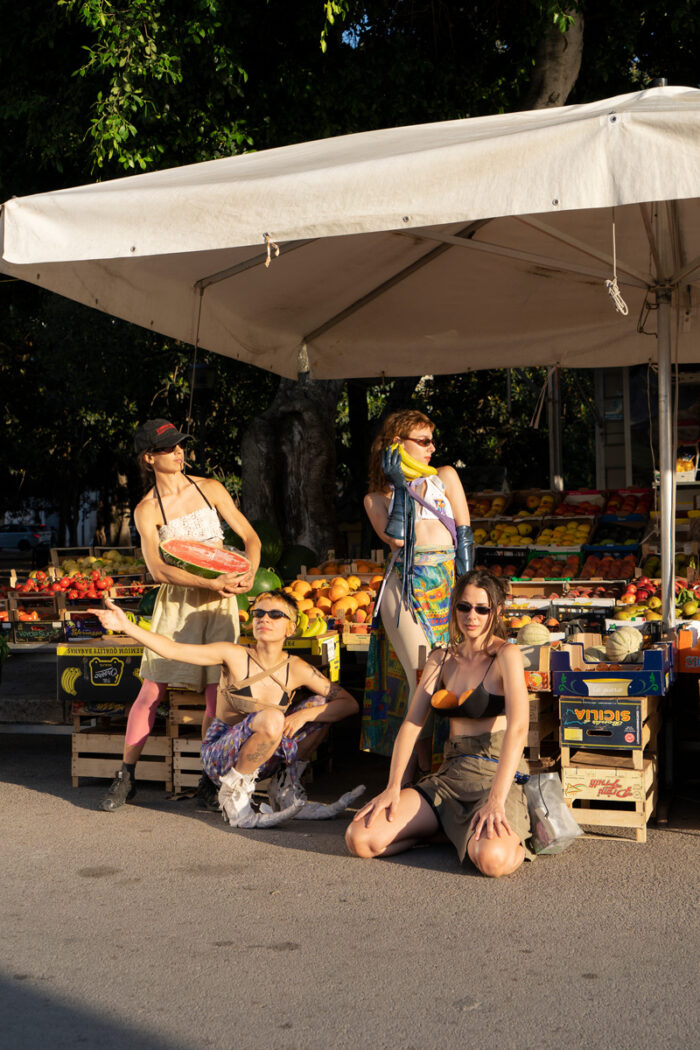
Framing while editing, no-hiding strategy
A ghost museum that exists only in the materiality of its building: it’s the perfect subject for a show. The structure of the building, an old collegium, with its cells where the religious used to pray, is ideal to host a multiplayer narrative game. The first visible outcome of Party TV is the seizure of the museum by a multitude of people. But only by zooming out, you could distinguish a shape out of the apparent randomness. Party TV is an exercise of magic. On the one hand it is the attempt of an artist to disappear into an artwork, to be the work of art, to make fun of it. On the other it’s a production process to transform life into moving images. As in the weird montage of a Variety show, a community of artists, professionals, curators, workers, technicals, students, locals and foreigners, intellectuals and makers inhabited the void together. This problem, this contingency, made clear that we were in a present-present time, in which all the participant’s actions could shape the emerging social sculpture.
Within the set, alter egos and selves were playing, haunted by the hypervisibility ghost. Unlike posting, streaming excludes the possibility of selecting and framing. What’s the images we produce then? What are the images that come out from a museum inhabited by a confusion of bodies busy with their own self narrative? It’s pure schizophrenia. This film requires a lifelong treatment. Or a sharp live editing, indeed. The assemblage of the stream is not just a matter of live editing. It’s given by a fragile equilibrium of circumstances. First of all, the technical apparatus has to be readily performing, to be able to cover all the situations that could eventually arise. An improvised concert, an outdoor escape, a coral live composition with some strangers, a party on the terrace etc. It requires, then, a responsive Control Room, able to follow up the ongoing composition and to direct the action remotely. Finally it is needed a full authorial team leading and disseminating the playground with narrative expedients and funny proposals. And we are still not considering the content creation. Question as why, what, how, who and when, were left to a general partiture, that on a daily basis we were trying to build for the next day. Perhaps for this reason, a banner saying “Curiamoci forte”—“let’s take care of ourselves hard” in Italian—appeared on the facade of the museum after the second day.
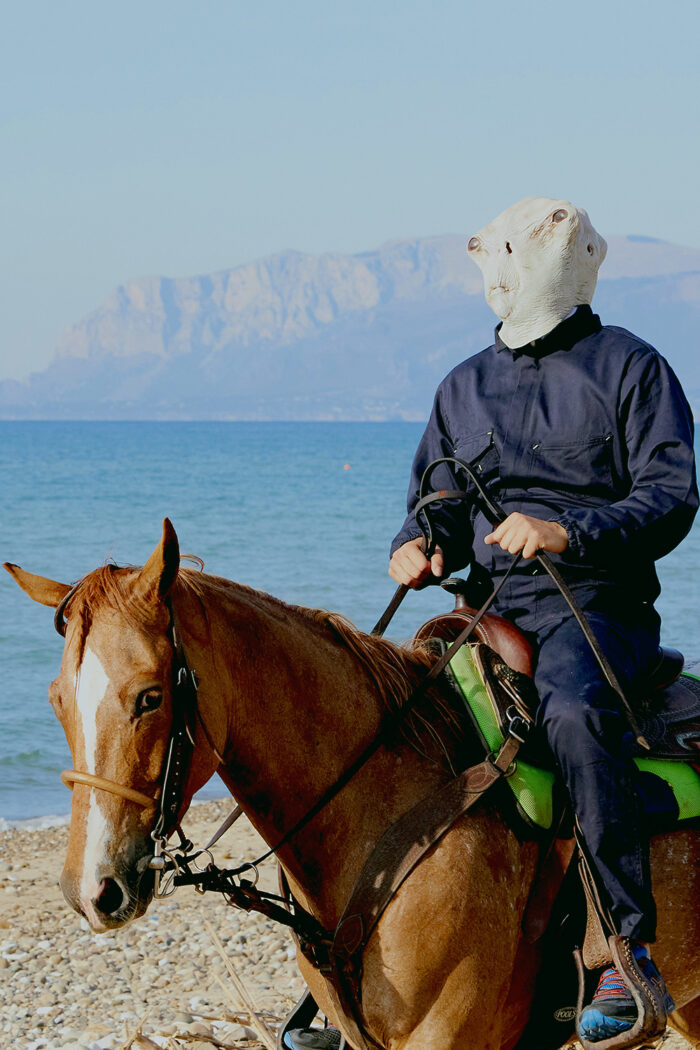
There is still a relationship between montage and the description of an abandoned structure or territory. As with our attraction to the disused building of the museum, the movement on similar conditions takes place in broken sequences that need the construction of a specific narrative to be recorded. A narrative of episodes apparently weakly connected to each other and which proceeds by allusions and which is best expressed through the analogies to the video and audio production of the montage of sequences and the overlapping of tracks.
Can editing be a matter of care? This question opens a debate on how performing art can be experienced and on which basis. Is it just a matter of editing or assemblage? This is still being debated among us. As a consequence, came as no surprise the questions: why would you record all of this? Why would you store tera and tera of such information? What’s the goal of having multiple points of view of the same space-time? “A capture device: this is Party TV”—when Andrea said that, we were quite impressed by his capacity to perform within the apparatus. How could you be lucid in such a noisy environment, where your image is streamed 24 hours a day for 11 consecutive days, with the feedback given by your internal camera and all the monitors at the museum? The easiest option would have been to leave, to escape. But in such an apparatus also an escape can be framed as a confession or an outburst. After some days, though, the museum became a shelter. We wanted to be there all together, amplifying the signal and consequently broadcasting more and more noise.
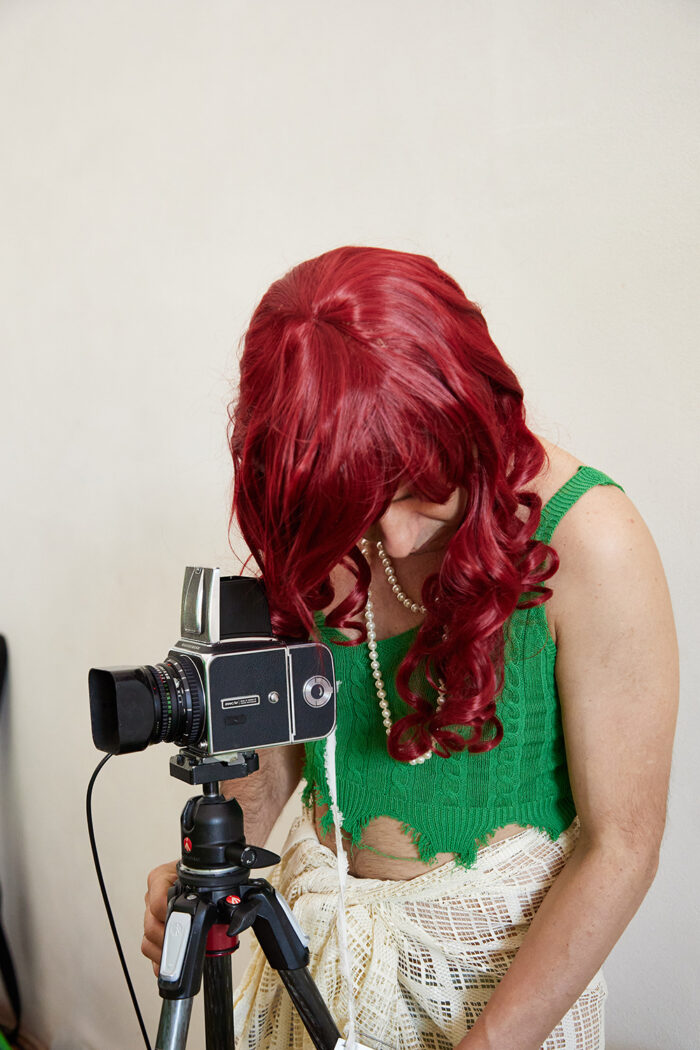
“Everything ends and starts with eternity”
“Everything ends and starts with eternity” was written on Andrea’s shirt the day we solved most of the technical problems. The day after, though, we had more problems. What is this eternity about? This question is misplaced, as more questions arise: what is performance and what is performativity? While doing Party TV we forgot to be authors and curators, we were too much involved in performing the infrastructure, the game, the public and the production. A full exercise in self-organization. This was the performance. The performativity emerges together with the potentiality of living in such a time. Performativity is the capacity to pass from an input to an output, and so on, in a present time.
Everyone from the player to the runner, from the chef to the director of the production, from the set designer to the production secretary, was acting a role. In this regard, the performance was great, the productivity not so much. Because in order to produce you need a machine, and even if we participated in its assemblage, once it’s done it’s just a machine—and machines are made for war. Communities, on the contrary, don’t practice war but freedom. War is opposite to freedom. In war, everything is a fixed quota. The amount of time and energy you put in determines the amount of work you do. What happens to a community when it performs a production process? What happens when you substitute a gift with a duty, the duty to produce a work of art?
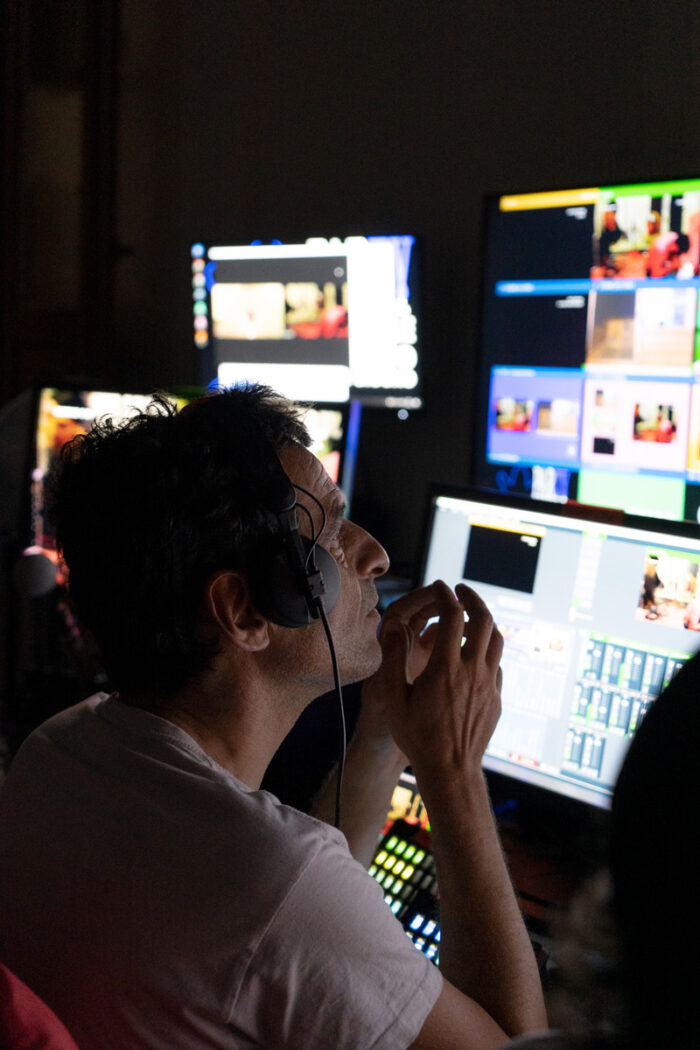
Party TV was born in late 2020. Two years of social distancing have precarized the life of everyone more and more. Maybe it’s just a cyclical adjustment, one of the many, but it’s true that in these two years, as a generation, we never experienced such an inflation and unemployment rate, such depression and alienation from society, such a loneliness in our double-room apartments. Maybe it’s the metaverse we are shifting in, or maybe it’s just the human world entering the extinction turn. Who knows, but Party TV at least is a full strategy to resist this disposal. In fact, the community that produced Party TV was busy performing the process of its transformation. And even if it was cruel, this kept our community together.
The words of Luca are precise: “Our difficulty as researchers, as authors, and as designers is the following: how do we transfer an imagery that is surveyed at a territorial scale into an urban and spatial realization that necessarily has different scale and size?” It’s the body, individual and collective and in a scenic field, that becomes the tool to detect the transformation because of the performativity. It changes, you change, we change. From metaphor to metaphor, the body, as resistance, allows the passage of the information streams to others. The performance designs a social, economic, and cultural network, where the information is the content of the stream. So, the transmission from a system to another system has the power to rally a crowd. In terms of numbers, we reached thousands of people, engaged myriads of other terminals attached to other systems, and accounted for hundreds of thousands of neuronal distributed activation. Is this a success? Sometimes in this realm, you measure your success in terms of duration.
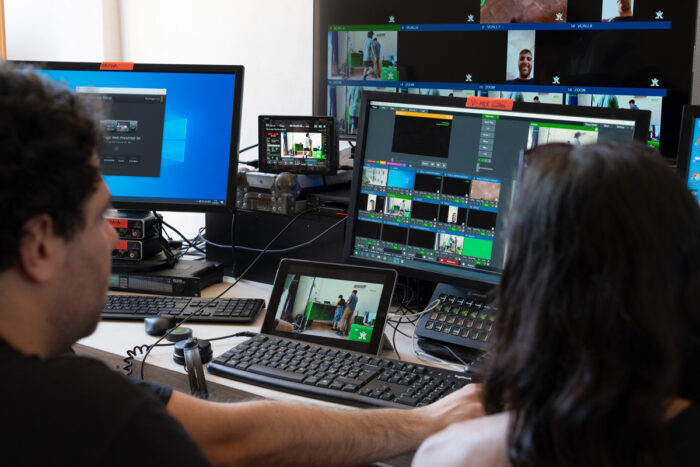
Liveness in counter time
“I keep evolving and don’t take any shape. I am not biochemically constituted. All things pass through me, I interpenetrate, I breathe and I emit saline efflorescence. Am I part of the device? Oh yes, I am! I keep composing myself. I welcome everything and everyone. The matters that pass through me are soft. My pieces have no history, no time, no identity, no order. Everyone touches my parts, renames them, digitizes them. They say. I keep becoming. They try to tell me. They use terms that I’ve already digested by my inconstant, voracious, uncontrolled nature. I have no inside and I creep outside. Everyone acts with me, with my pieces: They perform me—they say. I pulse and I reject them, but we are organic now. We are on Twitch! Ethereal but sculpted in time.” We found this note at the museum printed by a laserjet. The paper was piled on other papers. It’s a proper synthesis to describe the human body within Party TV frames.
It is sure that in our collective something broke because of Party TV. Our bodies have turned into a biotechnical support, a resistance. The volatility of the products we were delivering, a streaming show of 276 hours: these things required the highest grade of disaffection. In such a program nothing belongs to you, eventime is manifold in order to assure the opportunity to give time to other things. To give time, not to make time, is the most generous human activity. At the end, we felt dispossessed, as nothing will ever belong to us anymore.
“It’s not just a process of consumption, the creative process. Where they (ideas) are gradually exhausted. But instead (the creative process) should hold the fullness of all that is still there in the ideas. It’s all there, and it’s all present, it’s all floating somewhere and gradually it can take shape and form. And something however will eventually die out.”
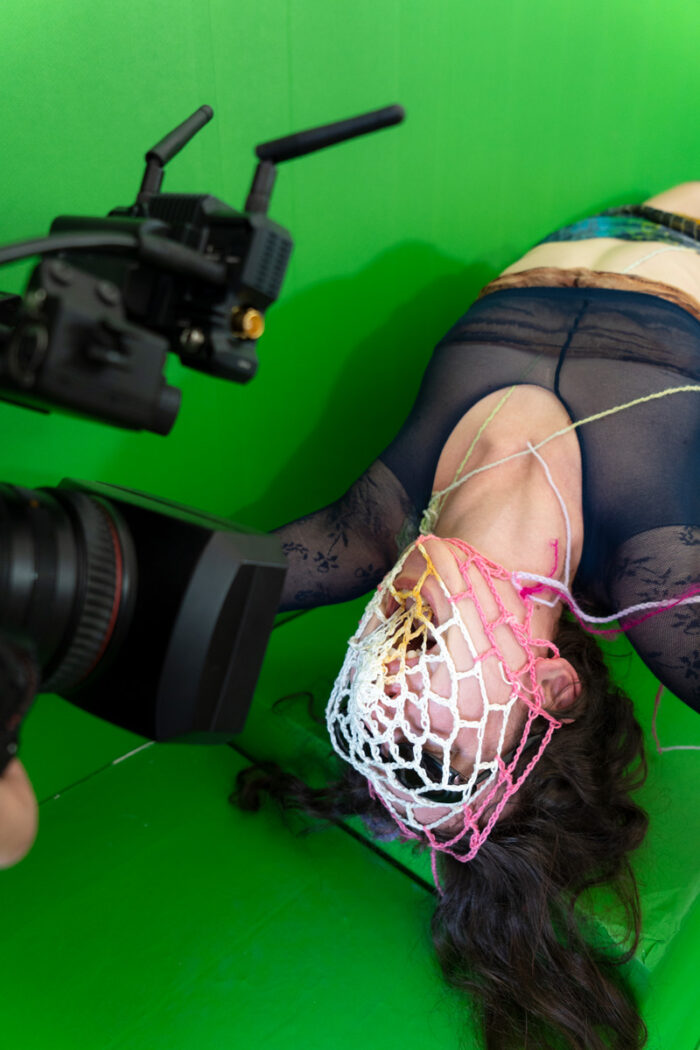
Silvia Calderoni and Ilenia Caleo joined the Party TV from their bed. Nothing has been so predictive. Staying within this process, where the human body is at the stake, implied since the beginning the acceptance of its transformation. They were stressing the idea of being open within the process, open to the unknown and in contact with that moment in which everything is still possible. Only in this way the process won’t end only in its result. In this regard they introduced the concept of “controtempo”—literally counter-time; maybe it can be translated with the idea of the backbeat in music.
“It all goes into a linearity that leads to the accomplishment, the result, the end. Instead put a counter-time that de-produces within and does not just finalize. Every now and then, in fact, you have to try to interrupt the time leading toward the end-which is a productive time-with a counter-time. Which is, however, a time that we have already experienced, which is not to be invented, which is what we experience in the moment when we are at the beginning, and then every now and then try to put back inside this narrow, linear productive time a counter-time of the beginning”. What they were saying was illuminating.
How to keep the momentum while the matter struggles to take shape? Oscillations, pleasure and care, interventions and disorientation. In such a frame bodies are deinterlaced, but in reality they shake because of the ongoing transformation. The feeling of being productive was in the air, between an after-lunch nap and a late-afternoon Ceres. It was not about productivity, though, but performativity.
In fact, the frame and the time-space in which Party Tv was happening was more like a theatre than a factory. Or maybe we discovered something in between the two, in order to answer both to the urgency of living a psychological drama witnessed by a public, and to produce something for which the workforce you put in is repaid. As an ultimate instance within Party TV, when you cross the door of the ghost museum, the observer becomes a participant and the show dies out, keeping unaltered all the conditions for a second edition.
“At what time do we meet in the theatre tomorrow?”
“Andre, it’s not a theatre, but a museum”
“Yes, you are right, it was just a lapsus. Anyway, at what time?”
Sometimes Andrea was making this mistake, confusing the museum with a theatre.




